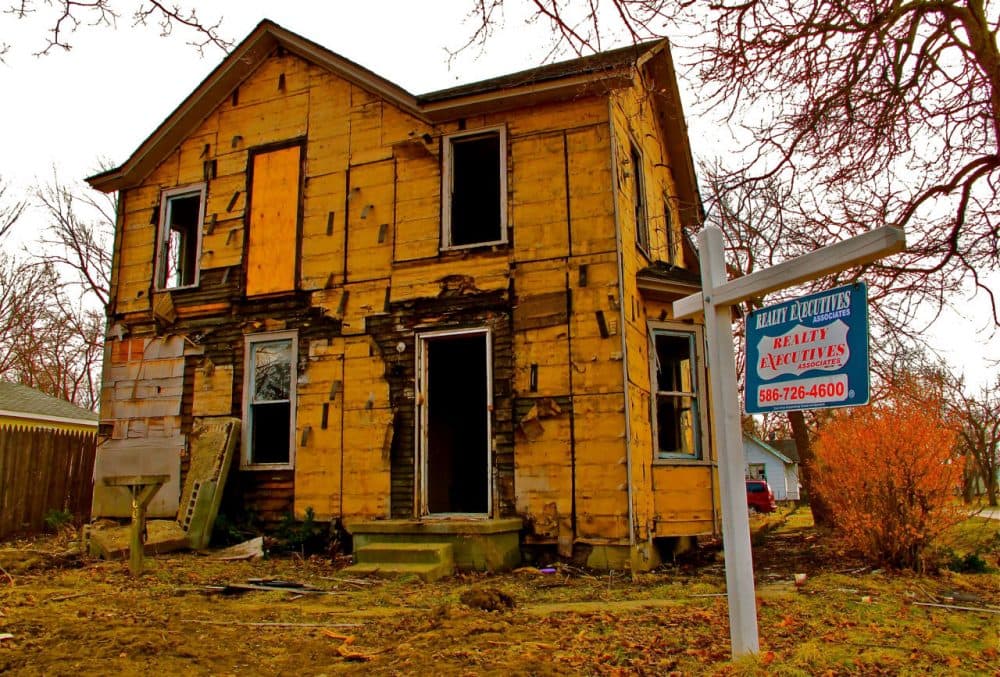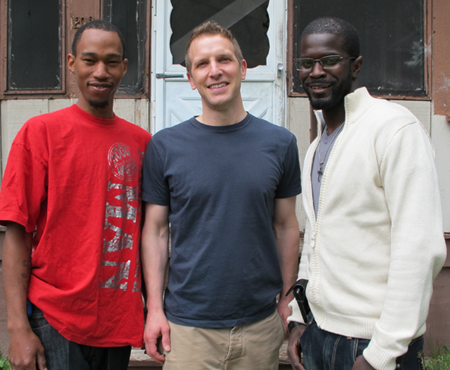Advertisement
A Flint Native On His City's History, Decline And The Water Crisis
Resume

Long before Flint's water crisis, before water from the Flint River replaced that coming from Detroit and the tap water filled with lead, the city was struggling. In recent years, Flint has often earned the title of the nation's most violent city, leading the country in both homicides and cases of arson per capita.
But the city of 100,000 people wasn't always such a rough place. Quite the opposite. Flint was the birthplace of General Motors, became a city built around a thriving auto industry, and for decades enjoyed a role as an economic powerhouse.
Here & Now's Robin Young talks to Flint native - and current San Francisco resident - Gordon Young, who recently wrote a book about his hometown, "Teardown: Memoir of a Vanishing City," about Flint's history, its heyday and decline, and what the water crisis means for the city and its future.
Guest
- Gordon Young, Flint native and author. He tweets @FlintExpats.
This segment aired on January 15, 2016.